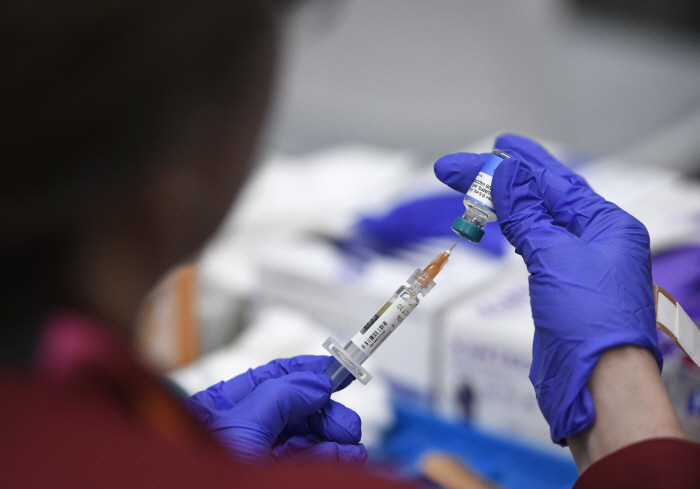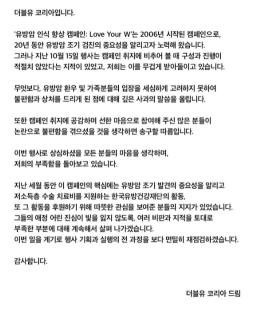If the research team maintains the current MMR vaccination rate, there is a high possibility that measles endemic disease will be resettled
Apr 28, 2025
|
According to the results of a study by Dr. Nathan C. Law of Stanford University published in the Journal of the American Medical Association (JAMA), simulating the effect of a decrease in vaccination rates on infectious diseases is expected to cause 11.1 million measles cases over 25 years if the MMR vaccination rate decreases by 10%.
The research team noted that the U.S. vaccination rate is declining and policy discussions are currently underway to reduce the vaccination schedule for children, especially after the COVID-19 pandemic, the decline in vaccination rates has accelerated due to distrust of vaccine policies and misinformation. This increase in anti-vaccine sentiment is coupled with the growing number of vaccine-preventable diseases in the United States, he said, adding that measles has surged in West Texas and other countries since 2024, and the number of children hospitalized has increased significantly.
In fact, in the United States, an unvaccinated school-age child died in Texas in February. It is the first time in a decade that measles deaths have occurred in the United States since 2015. Local media reported at the time that public health concerns were growing due to the recent drop in child vaccination rates and the measles death of Robert Kennedy Jr., known as the `Vaccine Skeptic.'
The World Health Organization (WHO) also expressed concern last month, saying, `The number of measles cases has increased in the United States in recent months.'
Measles, which is mainly transmitted through droplets, is highly contagious and causes symptoms such as rash, fever, and cough. Severe cases can lead to complications such as blindness, pneumonia, and encephalitis, and children are particularly vulnerable. MMR vaccination is most effective in preventing measles.
In this study, the research team simulated the impact of reduced vaccination rates on the import and spread of vaccine-preventable infectious diseases over 25 years by varying regional demographics, herd immunity levels, and infectious disease import risk estimates. The vaccination rate used data from 2004 to 2023.
As a result, if the current MMR vaccination rate is maintained, there are 851,300 cases of measles over the next 25 years, which is likely to be resettled as an endemic disease. In particular, if the MMR vaccination rate falls by 10%, the incidence of measles is expected to surge to 11.1 million cases. However, it was analyzed that other infectious diseases that can be prevented by vaccines, such as rubella and mumps, are unlikely to be resettled as endemic diseases if the current vaccination rate is maintained.
If the vaccination rate is 50% lower than it is now, more infectious diseases are expected to resettle as endemic. Over the next 25 years, 51.2 million cases of measles are expected, and 9.9 million cases of rubella and polio and 4.3 million cases, respectively. In this case, it was expected that it would take 4.9 years for measles to become an endemic disease, 18.1 years for rubella, and 19.6 years for polio.
"If the child vaccination rate decreases, preventable infectious diseases can spread back to endemic levels, and measles in particular risks a resurgence even at current vaccination levels," the research team said. "High levels of child vaccination should be maintained steadily."," he stressed.
This article was translated by Naver AI translator.














